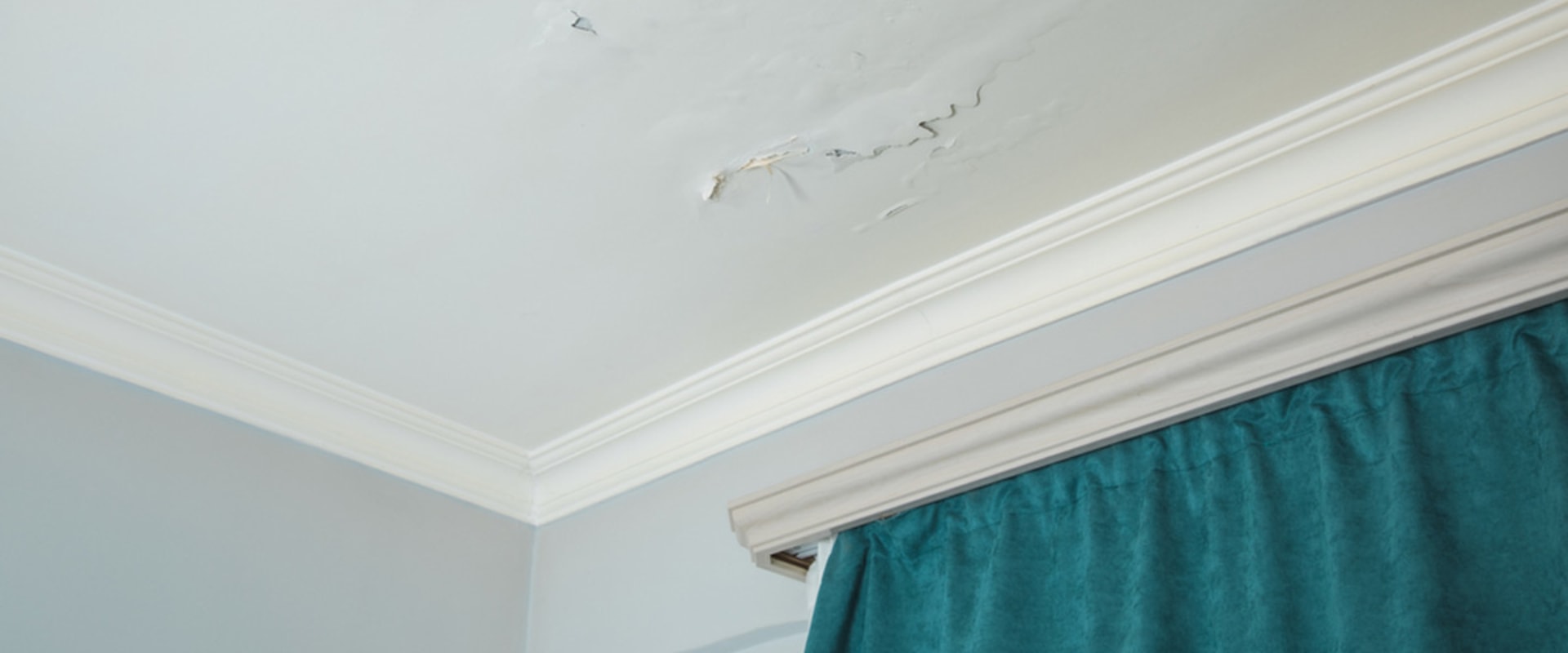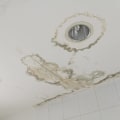The period needed to dry the roof will vary depending on the humidity of the roof. It can take a minimum of two weeks, but sometimes up to four weeks. For efficient Water Damage Restoration in Arvada CO, make sure you address the cause of the leak to ensure that you're solving the problem instead of going in an endless circle. Using powerful equipment will dry a water-damaged roof within six hours to a day. Once the roof appears dry, check the thoroughness of the dry roof with a moisture meter.
Never rely on sight or touch alone to determine if the roof is completely dry. In some situations, you'll be able to let the drywall dry on its own, but you might be wondering how long it will take. Generally speaking, wet drywall takes three days to completely dry, but the actual answer varies from case to case and depends on numerous factors. Once it gets wet, porous drywall quickly becomes a breeding ground for mold growth.
The process can take as little as 24 hours, but you may not see the damage for a week or more. If water enters through the roof, it's important to turn off the faucet and determine where the leak is coming from. Leaving water on the roof can damage the structure of the house and cause mold to form. Repairing water damage to the roof without repairing the roof will result in greater and more extensive ruin in the future.
Water stains or a sunken roof alert homeowners to water damage, possibly due to a roof leak. If there is still water left on the ceiling after vacuuming, you may need to contact a professional restoration company to help you dry the area. For 6 weeks, the water has been constantly dripping when I use the shower, and even though there were small marks on the ceiling below, the bathroom installer didn't take responsibility until I had to drill through the ceiling to release the bucket full of water that was about to tear down the ceiling. Contact a professional restoration company if there is still water left on the roof after vacuuming the area.
A sunken roof is a sign that the water has been there for some time and has started to damage the structure of the house. If you see brown, rusty, or black spots on your roof, it's a sign that the water has been there for some time and has started to damage the structure of your house.



